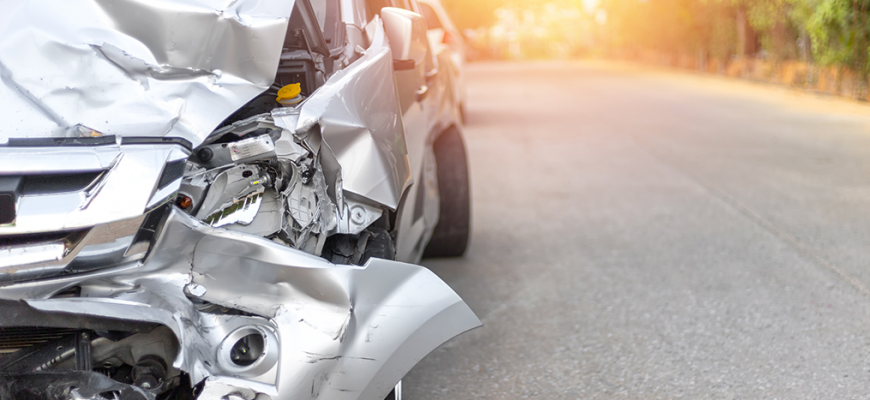Car Accidents Without Insurance: A Guide for South Australian Drivers

Every year, numerous South Australians find themselves tangled in the aftermath of car accidents. Among these incidents, a significant portion involves drivers without insurance, leading to complex legal and financial dilemmas. This article aims to navigate South Australian drivers through the immediate steps and considerations following a car accident, particularly when uninsured, ensuring safety and minimizing potential repercussions.
Understanding Insurance Requirements in South Australia
In South Australia, it’s mandatory for all vehicle owners to have Compulsory Third Party (CTP) insurance, which is included in vehicle registration fees. This insurance covers injuries to people if the vehicle owner or driver is at fault in an accident. However, it does not cover damage to vehicles or property, which is where comprehensive or third-party property insurance comes into play. Driving without at least CTP insurance is illegal, with severe penalties for non-compliance, highlighting the gravity of maintaining at least the minimum insurance coverage.
Immediate Steps Following a Car Accident
Ensure Safety
The immediate aftermath of a car accident can be chaotic and confusing. The first priority should always be safety. Check for injuries among all parties involved. If anyone is injured, call emergency services immediately. If the vehicles are posing a hazard, move them to a safe location, if possible.
Call for Help
South Australian law requires the police to be notified if the accident causes injury or significant property damage. If in doubt, it’s safer to call the police. They can provide necessary assistance and create an official accident report, which may be crucial for legal and insurance purposes.
Assessing the Situation and Information Exchange
Once everyone’s safety is ensured, exchange names, addresses, phone numbers, and vehicle details with the other driver(s). Note the location and time of the accident, and if possible, take photos of the scene and any damages. Avoid discussions about who is at fault, as these statements can complicate legal and insurance matters.
Dealing with a Car Accident Without Insurance
Legal and Financial Implications
Driving without insurance can expose you to significant financial risks. If found at fault, you could be liable for the cost of repairs to all vehicles involved, as well as compensation for any injuries. These expenses can be financially crippling, underscoring the importance of at least having CTP coverage.
Seeking Legal Advice
It’s advisable to consult a legal professional to understand your rights and obligations following an accident, especially if uninsured. They can provide guidance on how to navigate potential claims against you and explore options for managing the financial implications.
Importance of Choosing a Trusted Crash Repairer
In the event of a car accident, choosing a reputable crash repairer is crucial, particularly before contacting your insurer, if you have a choice of repairer. This decision can significantly impact the quality of repairs and the overall outcome of your claim. Investigate local repairers, read reviews, and seek recommendations to find a trustworthy service provider. This proactive approach can prevent insurers from directing you to less reputable repairers, ensuring a higher standard of repair for your vehicle.
Reporting to Authorities and Insurance Considerations
Report the accident to the police if required by South Australian law, and obtain a copy of the report for your records. If you have insurance that covers damage to others, notify your insurer as soon as possible. Provide all necessary details and cooperate with their investigation. If you lack comprehensive insurance, discussing the situation with a legal advisor can help you understand how to manage any claims made against you.
Navigating a car accident without insurance in South Australia requires a clear understanding of legal requirements, immediate steps for safety, and strategic decisions regarding vehicle repairs. While the consequences of driving uninsured can be severe, taking informed actions post-accident can mitigate the negative impacts. Ultimately, maintaining appropriate insurance coverage is the most effective strategy to protect yourself from the significant financial and legal risks associated with car accidents. Prioritize safety, stay informed, and drive responsibly to minimize the chances of finding yourself in such a predicament.

